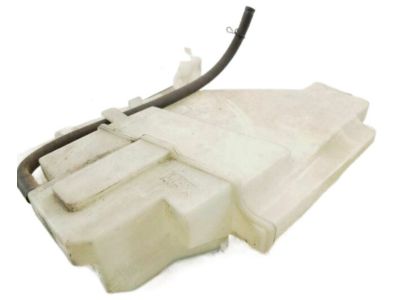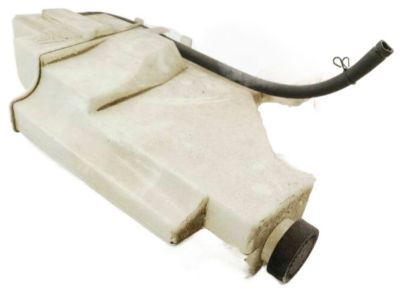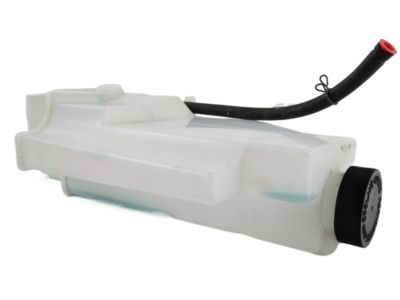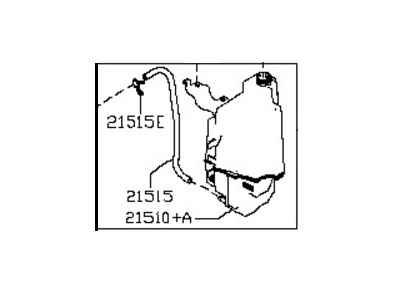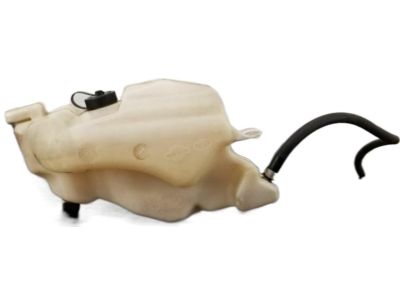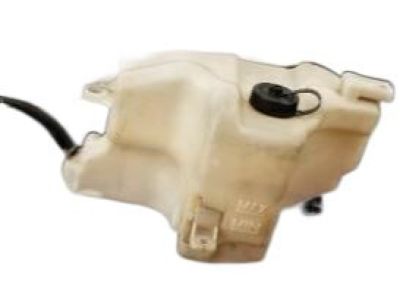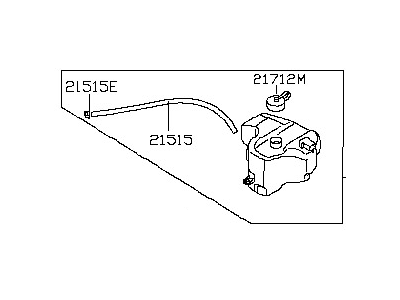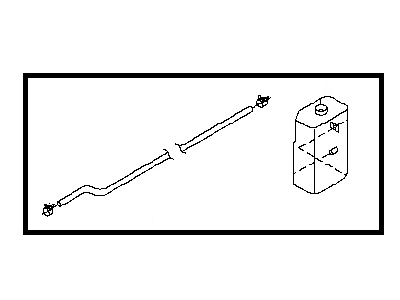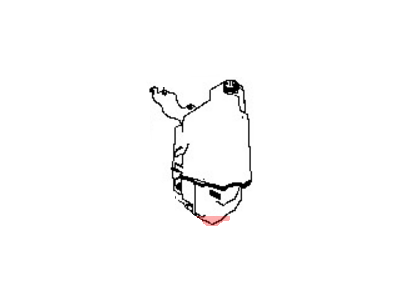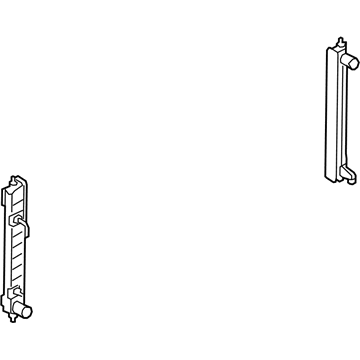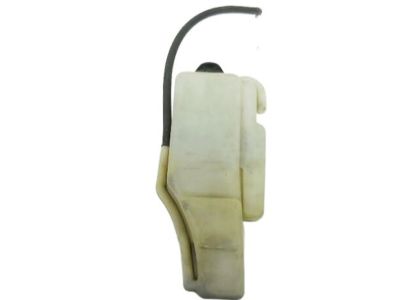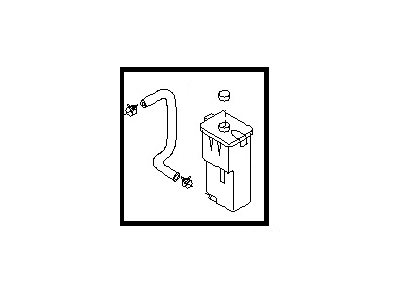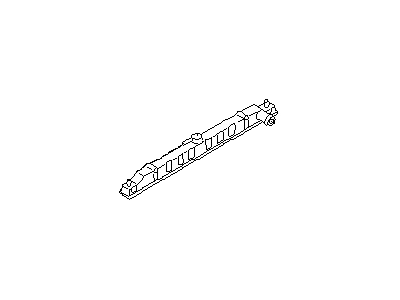×
- Hello
- Login or Register
- Quick Links
- Live Chat
- Track Order
- Parts Availability
- RMA
- Help Center
- Contact Us
- Shop for
- Nissan Parts
- Nissan Accessories

My Garage
My Account
Cart
Genuine Nissan Quest Coolant Reservoir
Coolant Tank Reservoir- Select Vehicle by Model
- Select Vehicle by VIN
Select Vehicle by Model
orMake
Model
Year
Select Vehicle by VIN
For the most accurate results, select vehicle by your VIN (Vehicle Identification Number).
14 Coolant Reservoirs found

Nissan Quest Tank Assy-Reserve
Part Number: 21710-1JA0A$169.55 MSRP: $239.48You Save: $69.93 (30%)Ships in 1-3 Business Days
Nissan Quest Tank Assy-Reserve
Part Number: 21710-5Z000$88.13 MSRP: $124.48You Save: $36.35 (30%)Ships in 1-3 Business DaysNissan Quest Tank Assy-Reserve
Part Number: 21710-7B000$37.91 MSRP: $52.22You Save: $14.31 (28%)Ships in 1-2 Business DaysNissan Quest Tank Assy-Reserve
Part Number: 21721-8J000$84.34 MSRP: $116.17You Save: $31.83 (28%)Ships in 1-2 Business DaysNissan Quest Tank Assy-Reserve
Part Number: 21711-1JA0A$156.62 MSRP: $221.22You Save: $64.60 (30%)Ships in 1-3 Business DaysNissan Quest Tank Kit-Radiator Lower
Part Number: 21463-1AA0A$198.66 MSRP: $280.60You Save: $81.94 (30%)Ships in 1-3 Business Days
Nissan Quest Tank-Radiator,Upper
Part Number: 21412-1AA0A$120.09 MSRP: $169.62You Save: $49.53 (30%)
Nissan Quest Coolant Reservoir
The Nissan Quest Coolant Reservoir, sometimes known as coolant recovery tank, is an important component within the Nissan Quest's cooling system since it holds the additional coolant fluid to avoid any leakage on the ground and it seals the system from outside air. There are two main types of coolant reservoirs used in Quest vehicles: also such categories as the overflow tank systems and the expansion tank systems can also be distinguished. The overflow system on the other hand has a basic and plastic cap on the tank which is capable of admitting coolant from the tank each time the pressure goes over the limit of the cap while the expansion system like its name has the pressure cap on the tank and it used to expel air every time it is required. It is suggested to control the state of the coolant reservoir repeatedly in order to guarantee is reliability and to avoid possible problems.
If you need any OEM Nissan Quest Coolant Reservoir, feel free to choose them out of our huge selection of genuine Nissan Quest Coolant Reservoir. All our parts are offered at unbeatable prices and are supported by the manufacturer's warranty. In addition, we offer quick shipping to have your parts delivered to your door step in a matter of days.
Nissan Quest Coolant Reservoir Parts Questions & Experts Answers
- Q: How to remove and install the coolant reservoir and radiator in a Nissan Quest?A:The coolant reservoir is mounted adjacent to the battery in the left corner of the engine compartment. Unscrew the cap with the hose still attached, depress the clip, and lift the reservoir straight up out of the bracket. Pour the coolant into a container. After washing the reservoir inside and out, using a household "bottle" brush to clean inside, inspect the reservoir for cracks and chafing. If it's damaged or obscured by age, making reading the water level difficult, replace it. Installation is the reverse of removal. For the radiator, disconnect the negative battery cable from the battery. Set the parking brake and block the rear wheels. Raise the front of the vehicle and support it on jackstands. Drain the cooling system. If the coolant is new or in good condition, save and reuse it. Disconnect the transmission cooler lines from the radiator, use a drip pan to catch spilled fluid, and plug the lines and fittings. Loosen the hose clamps and detach the radiator hoses from the fittings. If the hoses are old or deteriorated, replace them. Also disconnect the small hose to the coolant reservoir. Unbolt the brackets attaching the top of the radiator to the support. Lift out the radiator carefully. Inspect the radiator for leaks and damage, and if repair is needed, consult a professional. Clean the radiator by spraying with a garden hose, and flush it before reinstallation. Check the radiator mounts for deterioration. Installation is the reverse of removal. Refill and bleed the cooling system. Start the engine, check for leaks, let it reach normal operating temperature, and recheck the coolant level. Check and add transmission fluid if needed.
Related Nissan Quest Parts
Browse by Year
2017 Coolant Reservoir 2016 Coolant Reservoir 2015 Coolant Reservoir 2014 Coolant Reservoir 2013 Coolant Reservoir 2012 Coolant Reservoir 2011 Coolant Reservoir 2010 Coolant Reservoir 2009 Coolant Reservoir 2008 Coolant Reservoir 2007 Coolant Reservoir 2006 Coolant Reservoir 2005 Coolant Reservoir 2004 Coolant Reservoir 2003 Coolant Reservoir 2002 Coolant Reservoir 2001 Coolant Reservoir 2000 Coolant Reservoir 1999 Coolant Reservoir 1998 Coolant Reservoir 1997 Coolant Reservoir 1996 Coolant Reservoir 1995 Coolant Reservoir 1994 Coolant Reservoir 1993 Coolant Reservoir
